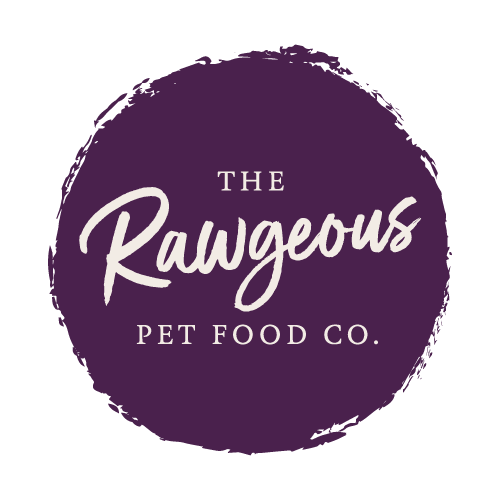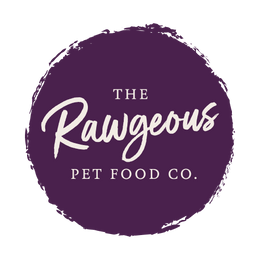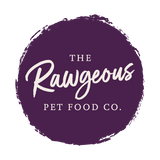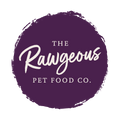Fussy Eaters
Every dog is different, so what applies to one may not apply to others. However, broadly speaking, there are tried and tested methods that can, and do, support fussy eaters in getting over their meal time hurdles.
It’s important to firstly remind ourselves that dogs are descendents of wolves. They share the same genetic makeup; including their teeth and jaws, and the way their stomachs digest food. In the wild, a wolf’s staple diet consists of hunted or scavenged meat, supplemented with other plant materials such as grass, seeds, sedges, berries and other fruit.
Over time, dogs have become more and more domesticated meaning this raw, authentic way of eating has become less and less apparent. Taking its place has been alternative, and supposedly more ‘convenient’ food, and although they remain tasty to dogs (artificial flavour and sprayed animal fats help with this) they fail to fully nourish them in the same way a raw diet does.
So, in a roundabout way, well done for getting this far! Making the decision to feed your dog raw is the first step to a healthy and happy life. Yet, if you’re struggling with a fussy eater then you may want to consider the below.
Eating with their nose
A dog’s sense of smell is quite incredible, so the stinkier the food the more interesting and appetising it may seem to them. It’s this guided-by-the-nose behaviour which can sometimes trip up dogs and their owners. The reason being? Raw is so clean it’s almost odourless! Give it some time and your dog will find raw just as appealing as smelly food.
Taking it slow
If a dog is used to a certain diet, particularly one consisting of dry or tinned food, then a sudden switch onto raw doesn’t always go to plan. In most cases the transition is smooth, but for some it can take a little getting used to.
Sometimes the stomach will take a little while to acclimatise to a new diet, so if your dog experiences an upset tummy for the first few days then it shouldn’t be a massive concern. Over time, most animals will increase their digestive enzyme production and be able to digest raw easily.
Phasing in raw food alongside their usual processed diet might help them adapt more comfortably. You could maybe try to introduce raw food in small meals, and increase its size over two weeks whilst at the same time decreasing the size of the processed food meals- until eventually, the processed meals are eliminated altogether.
A quick cook
Cooking raw meals won’t do your dog any harm, and if it helps in the beginning of their transition then we’re great advocates of doing what makes you and your pet feel comfortable.
Sometimes a fussy eater may find their raw food more palatable when it’s lightly cooked. You can do this with Rawgeous if your dog is initially struggling, as a quick wok fry will help to retain the essential nutrients found in our meals.
However, cooking thoroughly will end up reducing the nutritional benefits of the food, and we’d always encourage you to be brave and try to feed without cooking unless it becomes a real issue. Many dogs simply prefer their food to be at room temperature, so double check to make sure this is the case before you do start any cooking.
Plate or bowl?
The surface from which your dog eats can also have a bearing on how successful mealtimes are. Some dogs, particularly brachycephalic breeds, prefer to move their food outside of the bowl, and onto the floor- a pattern that’s likely linked to feeding behaviours in the wild.
Yet not everyone will want raw meat over the floor, so a dedicated feeding surface is almost always advised… but should it be a bowl, a plate or otherwise… that’s the question?
Bowls: When regular food bowls are used dogs often stand quite rigid with their head fixed in a hole which completely blocks their peripheral vision. If they’re unable to see what’s around them then their anxiety may increase. Dog’s may also struggle with inhaling if a bowl is stacked too high with food- bringing on gas, regurgitation, burping and bloating. If using a bowl, then our recommendation would be either glass, porcelain or proper stainless steel (but not a cheap one). Avoid plastic bowls completely, as long use of these have been linked to health problems such as cancer.
Plates: A plate is a flat surface which provides dogs with a similar environment to their own natural feeding territory, resembling feasting in the wild. Again, like bowls, the material you use is also important. Bamboo plates are probably the best all round option; as they’re lightweight, contain no chemicals and many use suctions at the base to stop them from flipping over.
Your behaviour
Sometimes as a dog owner you have to show some tough love and remain disciplined. If you’ve put some food down and your dog sniffs or licks it before walking away, then don’t pick it up, leave it there for at least 10-15 minutes.
After 10-15 minutes, and if the food is still not eaten, then pick it up and take it away for the NEXT meal time. In between that time, do not give your dog any other treats such as table scraps. Be strong and consistent, the next time you put out their food they’re likely to show more interest.
Dogs fasting
If you have tried all the tricks and you’re still worried or stressed about meal times, then try to remember that dogs do like to fast from time to time. If their energy levels are normal, and they’re drinking as much water as usual, then it could be that your dog is self regulating and fasting.
Some dogs don’t want to eat everyday or at multiple sittings. Puppies often do this starting off on a raw diet, and young, healthy dogs are sometimes more inclined to eat larger meals but less often. One day they can gorge, the next they may rest.
Need extra advice on feeding raw?
Most animals, including humans, can take time to adjust and adapt to new routines and diets. Don’t get down if your dog’s new raw diet isn’t being as well received as you first hoped. A couple bumps in the road can be common, but with your support they’ll get there and it’ll be so worth it!
Please feel free to get in touch with our team if you have any other questions about fussy eating habits. We’ve heard and seen it all before, and we’d be happy to support you and your dog’s needs. For more information and tips on transitioning to Raw Dog Food we have content all throughout the website too.



